Pride: 11 Stats Which Show Why The Ad Industry Needs To Do More For LGBTQ+ Community
June marks Pride month across the world and although the community has not been able to celebrate as it usually would, many activists are using the month to highlight the inequalities and barriers that remain in place across the world.
To mark the occasion, we’ve outlined some key stats from various studies that show both the barriers that are still in place throughout the ad industry for the LGBTQ+ community and the positive effects that including this community in your advertising can have on business metrics.
According to LGBTQ+ publishers, 73% of neutral or positive LGBT online news is incorrectly flagged by brand safety blocklists, denying them vital ad revenue (CHEQ);
31% of the LGBTQ+ community feel marketing portrays them badly (LGBT Capital);
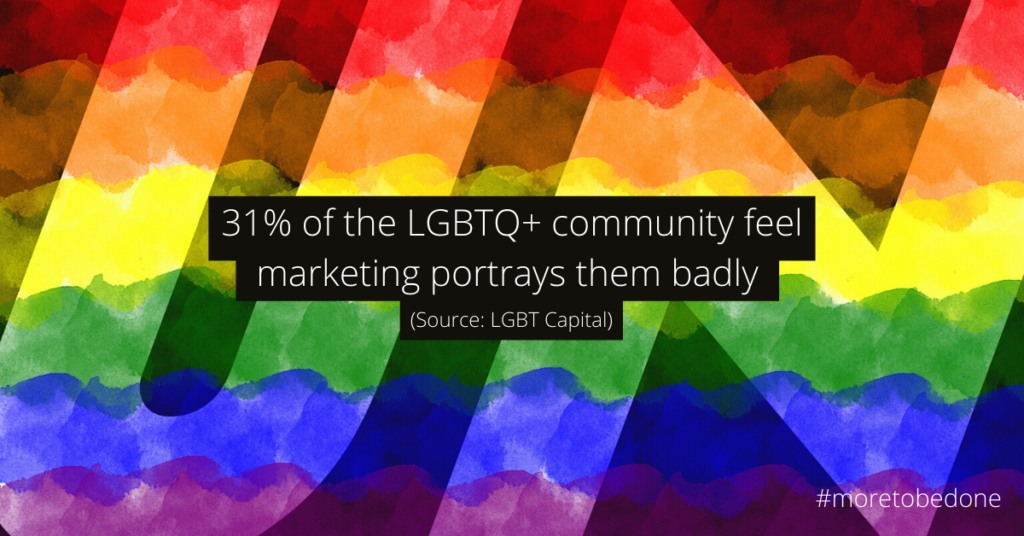
64% of LGBTQ community members say businesses don’t do a good job of reaching out to the transgender and gender-expansive community (CMI);
79% of people believe gay women are under-represented in advertising (Marketing Week);
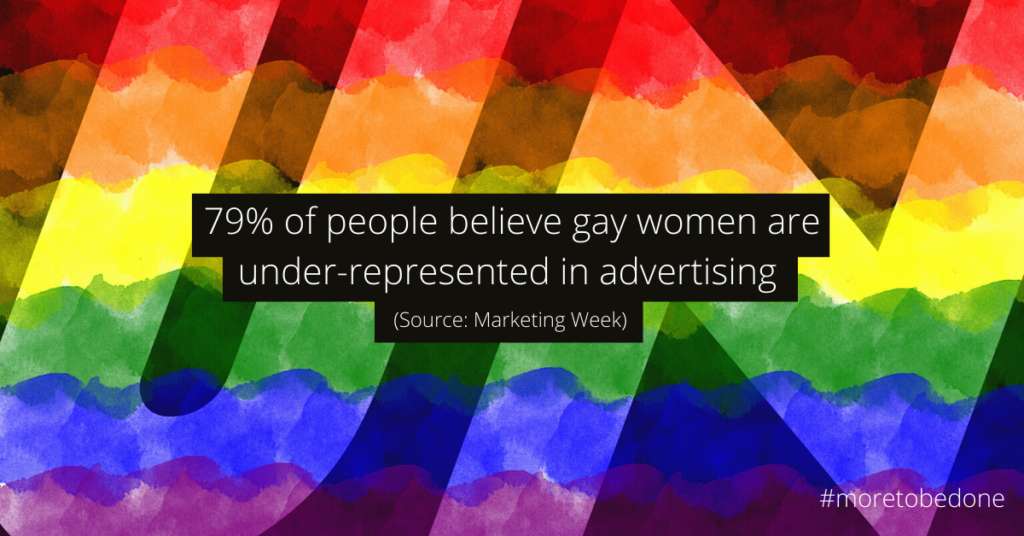
0.06% of people featured in advertising in the UK are from the LGBT community despite making up 1.7% of the British population (Lloyds Banking Group);
4 in 10 still feel brands aren’t fairly representing LGBT people in their ads (Think with Google)
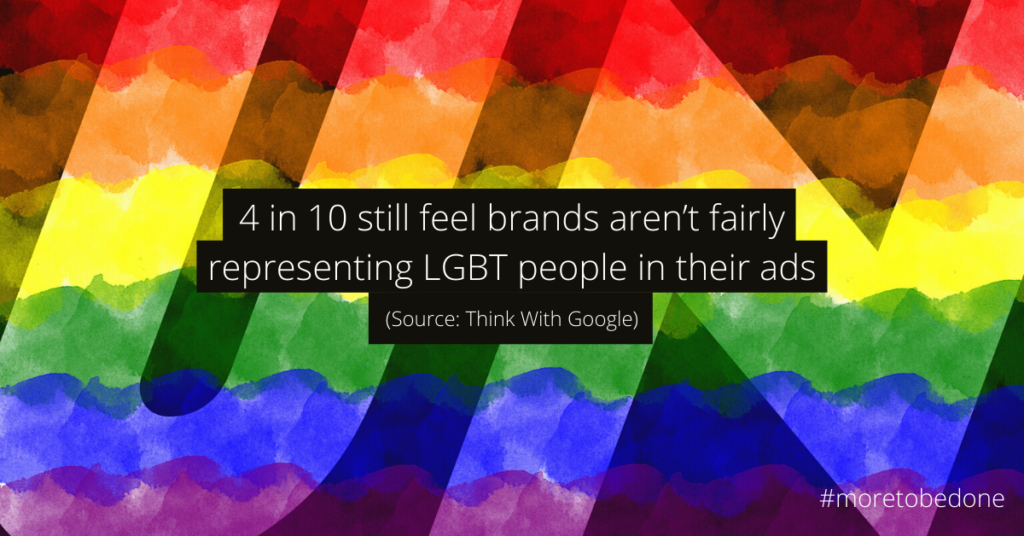
Progressive ads are 47% more likely to be effective in both the long and the short term when it comes to campaign performance (Kantar Millward Brown);
Progressive ads trigger 25% more positive engagement from consumers than less progressive ads (Kantar Millward Brown);
3 out of 4 tested LGBTQ+ themed ads outperform generic ads in driving brand recall (Kantar Millward Brown);
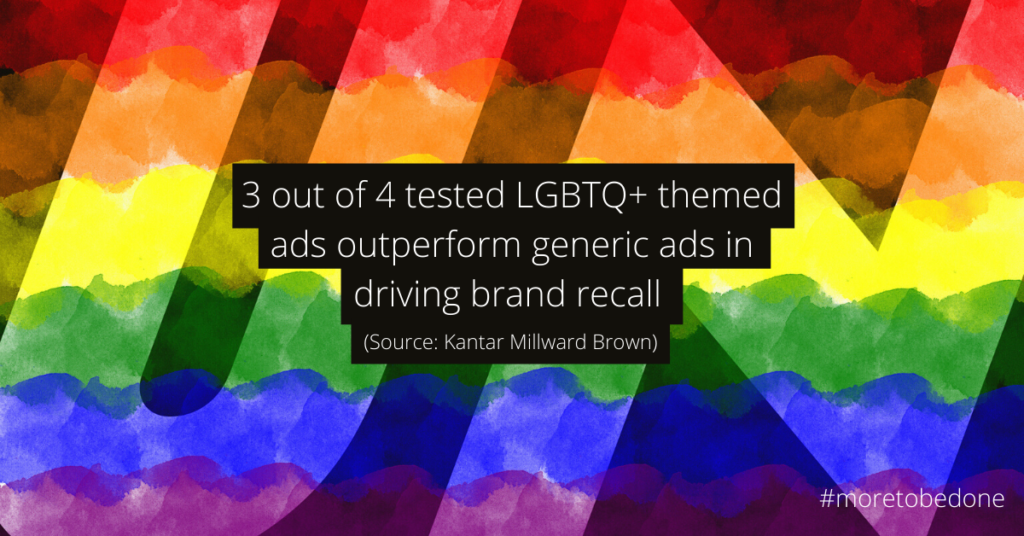
71% of LGBTQ+ respondents and 82% of allies said they were more likely to purchase from a company that supported LGBTQ+ equality (CMI);
45% of under–34s say they’re more likely to do repeat business with an LGBTQ+–friendly company (Think with Google).
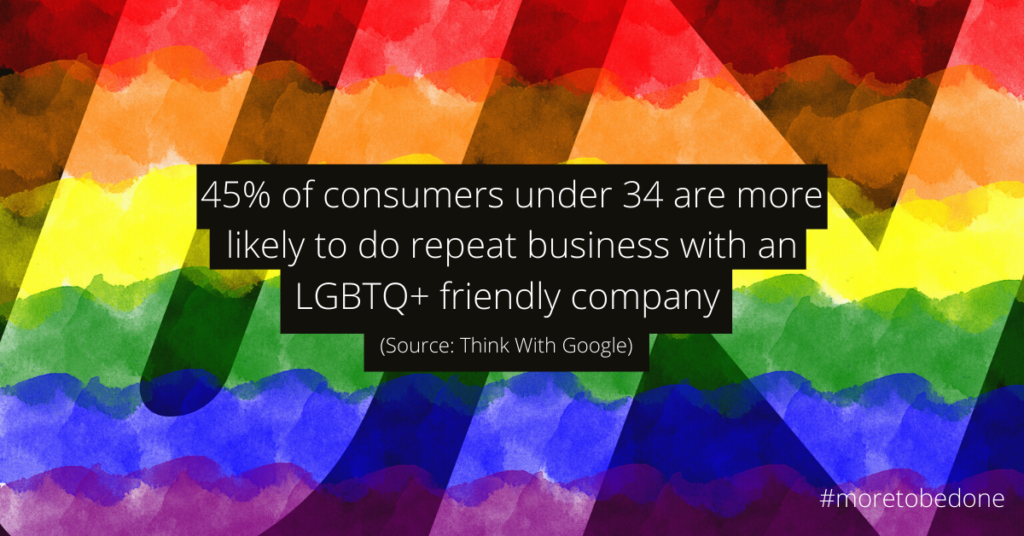
This Pride month we applaud the hard work and recognise the struggles and barriers the LGBT+ community has overcome.
We must now look ahead to the work that needs to be done, especially within the advertising industry, to stop ignoring and start exploring the changes that need to be made.
Not only together as an industry, but individually, looking within our own organisations to identify how decisions are being made around what content we block and what groups we represent through our advertising campaigns.
